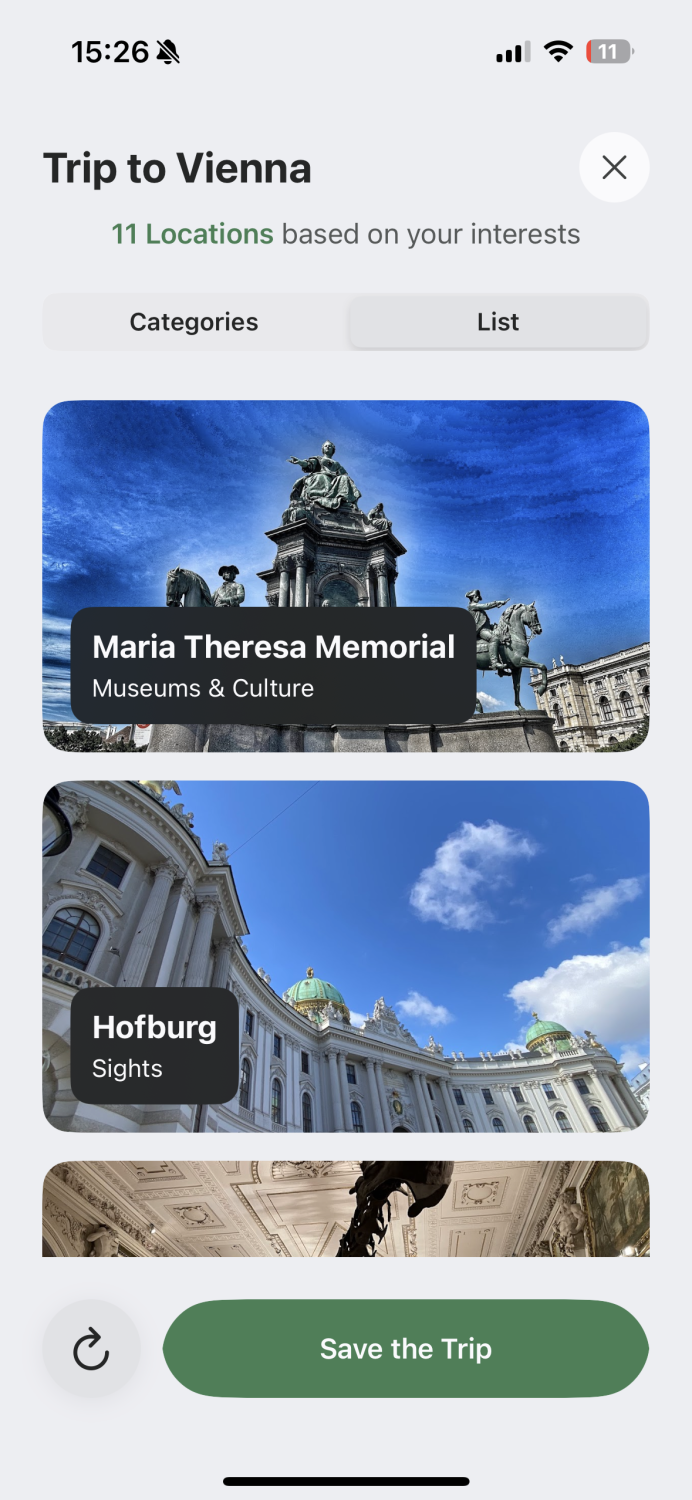I still remember the last time I tried to organize a multi-stop trip across Asia with my family. The plan was ambitious: depart from London, spend a few days in Singapore, take the ferry over to Bintan Island for a week of relaxation, then continue on to Thailand, from the buzz of Bangkok to the islands and up into northern Thailand—before finishing in Vietnam.
It sounded incredible on paper, but in reality, it quickly turned into chaos: I had dozens of browser tabs open with flight comparison sites, hotel reviews, family travel blogs, and “top 10 things to do” articles for each destination. At one point, I was juggling ferry schedules from Singapore to Bintan, train routes in northern Thailand, and food tours in Hanoi, all at once.
After hours of research, I wasn’t much closer to building a real itinerary: planning felt like a second job rather than the beginning of a dream holiday with my two daughters. That’s exactly the problem TripGuide, a new AI-powered travel app I was lucky enough to test ahead of its official launch early October, is designed to solve.
Travel Planning, Reinvented
What struck me about TripGuide is how it pulls together all those scattered ideas and turns them into a daily plan you can actually use. Instead of juggling tabs or piecing things together last minute, the app does the heavy lifting and hands you an itinerary that feels both structured and flexible.
The process starts simply: you enter your destination, how long you’re staying, and what you’re interested in. Within moments, the app suggests a plan. For me, it was like having someone who already knew the city well, pointing me toward not just the obvious highlights but also the little extras that give a place character.
Each day is broken into routes that flow naturally: morning coffee spots, nearby attractions, a good lunch stop, then an afternoon activity before dinner. Everything links straight to Google Maps, which makes it easy to follow without fuss.
I also liked how it nudges you beyond the obvious: in Austria, for example, it didn’t just list the main sights but suggested small lakes and local eateries we might have overlooked. With kids, that kind of variety is invaluable, it keeps the days interesting without overloading them.
There’s even a playful side: you can collect badges and track check-ins as you go. My daughters loved the idea of turning each outing into a bit of a game, which made exploring more engaging for them.
Why This Matters for Families
As a parent who travels often, I’ve felt the tension between wanting to plan everything perfectly and just wanting to enjoy the time with my kids. On one hand, I love digging into research, finding those hidden food stalls in Bangkok or the quiet beaches in Vietnam. But when you’re traveling with children, time is short and patience can run out quickly.
TripGuide bridges that gap: it gives you ready-made itineraries that balance highlights with off-the-beaten-path discoveries, so you spend less time glued to a screen and more time soaking in the experience together.
My Test Run with TripGuide in Austria
As I mentioned above, I was lucky enough to get early access to TripGuide ahead of its official release early October. Curious to see how it worked in practice, I decided to test it on our recent family trip to Austria: we spent a week in the Alps around Kitzbühel, hiking, exploring villages, and enjoying hearty mountain food.
Within seconds, TripGuide generated a 7-day itinerary that fit us perfectly: gentle morning hikes suitable for the kids, scenic alpine huts for lunch, afternoons by the lakes, and evening strolls through picturesque towns.
What impressed me most was how naturally the days flowed—no unnecessary backtracking, no “what do we do now?” gaps. Everything slotted together in a way that felt well thought out, yet still left room to be spontaneous. There were even suggestions for rainy-day activities, which any parent will tell you can be a lifesaver in the mountains.
At the end of each day, the app created a visual recap of our adventures—a collage that I could share with friends or tuck into our family album. It felt less like using an app and more like traveling with a quiet assistant who was making sure we had the right balance of structure and freedom.
As mentioned above, TripGuide isn’t available in app stores just yet, but it will be released early October. In the meantime, you can already join the waiting list to be one of the first to try it.

From Nomads to Families
TripGuide isn’t just for one type of traveler, it adapts to many:
- First-time explorers who want stress-free planning.
- Digital nomads who need flexible, reliable itineraries.
- Families (like mine) who want to spend less time researching and more time experiencing.
- Seasoned adventurers who want hidden gems alongside iconic sights.
That versatility makes it more than an app, it’s a travel companion.
Final Thoughts
In today’s world of endless options, where every destination comes with thousands of blogs, reviews, and forums, planning a trip can feel overwhelming before it even begins. That’s where AI steps in, not to replace the excitement of discovery, but to filter the noise and turn scattered information into a journey you can actually enjoy.
TripGuide shows how technology can be a quiet travel companion: simplifying logistics, suggesting experiences that truly fit, and freeing you from the stress of constant research. Instead of drowning in tabs and schedules, you gain time to focus on the essence of travel, being present, sharing moments, and creating lasting memories.
If AI can make planning a week in Austria seamless, it’s easy to see how it could transform even the most ambitious adventures, from multi-country Asia trips to quick weekend getaways. In an age of information overload, this isn’t just convenient, it’s revolutionary.
Lived in England since 1998 and travelled the world since 2005, visiting over 100 countries on 5 continents. Writer, blogger, photographer with a passion for adventure and travel, discovering those off beat places not yet on the tourist trail. Marco contributes the very best in independent travel tips and lifestyle articles.

